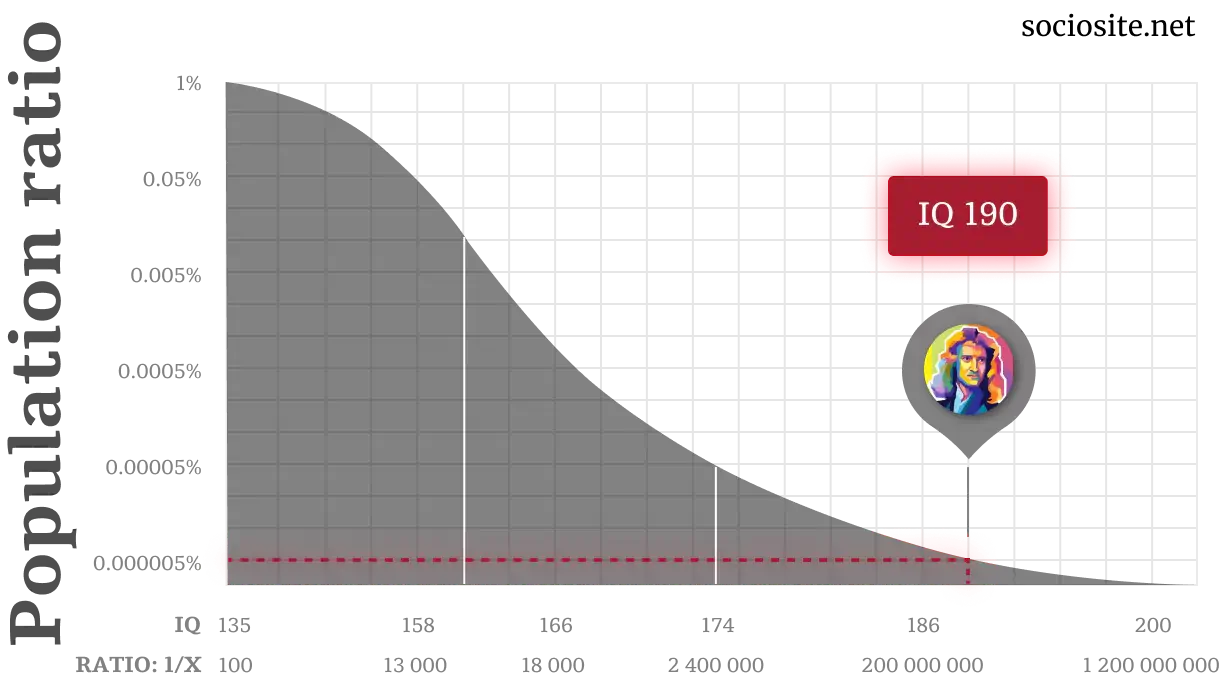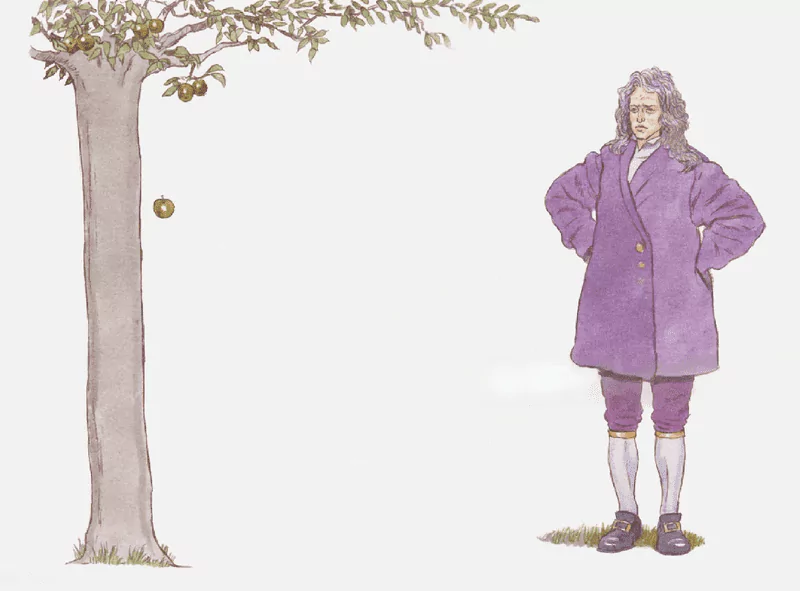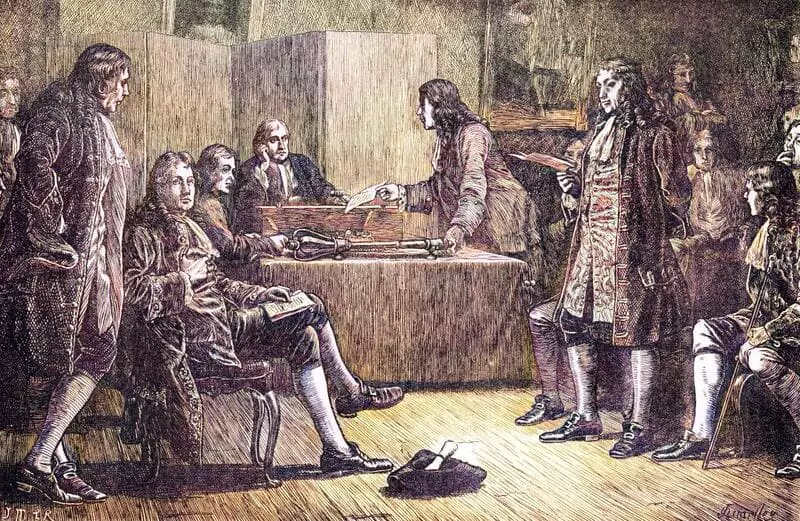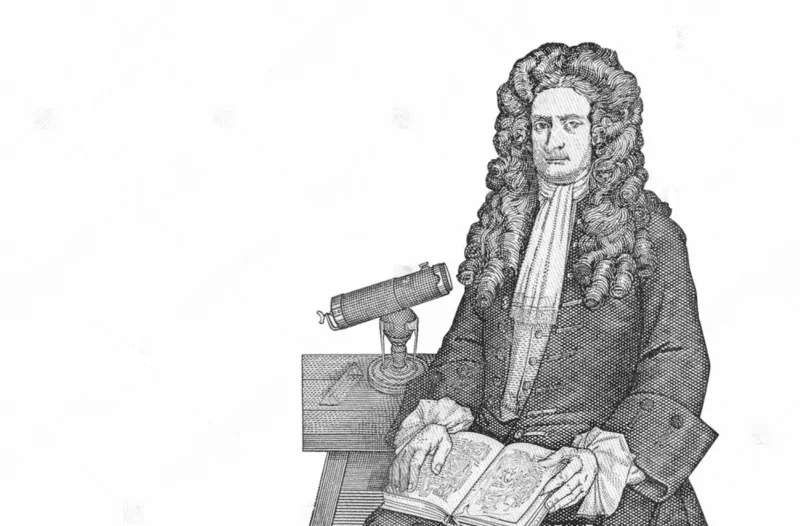Isaac Newton
IQ 190
Isaac Newton’s IQ is 190, which places him in the “ Genius at a high level” group in the IQ classification, corresponding to 0.000000099012% of the world’s population.
I. What is Isaac Newton's IQ?
Sir Isaac Newton (1642-1726) was a notable English scientist and mathematician who discovered gravity. Newton had an estimated IQ of 190 and was one of the most recognized and influential scientists ever. Therefore, it is surprising that his IQ is extremely rare, as only 1 in 1,009,976,688 people can possess this high IQ.
However, because Isaac Newton died before IQ testing was established, we can't actually place a value on Isaac Newton IQ. We may presume that Isaac Newton IQ is fairly high based on the enormous achievements he achieved in both Physics and Mathematics, as well as the normally high IQ of current theoretical physicists and mathematicians.
When investigating Newton, most people estimate Isaac Newton IQ to be in the 170-190 area, which is incredibly high and ranks him as having one of the highest IQ levels of anybody in history.

1. Isaac Newton Brilliance and Scientific Contributions
Although Isaac Newton is well recognized for his discoveries in optics (white light composition) and mathematics (calculus), his formulation of the three laws of motion—the fundamental foundations of modern physics—is his most renowned achievement. The law of universal gravitation came from his formulation of the principles of motion.
2. Isaac Newton childhood
Newton was sent back to Grantham Grammar School, where he had previously studied, to prepare for university. He left accounts about his mechanical skills and proficiency in creating models of devices, like as clocks and windmills, in Grantham, as did many of the era's prominent scientists.

He clearly learned Latin at school but probably acquired only a sprinkling of math. He was ready to matriculate at Trinity College, Cambridge, in June 1661, slightly older than the other undergraduates due to his delayed schooling.
After a sporadic attendance at Grantham Grammar School in Lincolnshire, England, Isaac Newton eventually settled down to study for university, enrolling at Trinity College, Cambridge, in 1661, slightly older than his colleagues. There, he immersed himself in Aristotle's writings and found René Descartes' works before graduating with a bachelor's degree in 1665.
II. Isaac Newton successful career
Sir Isaac Newton PRS was an English mathematician, physicist, astronomer, alchemist, theologian, and author (dubbed a "natural philosopher" during his lifetime) who is largely regarded as one of the greatest mathematicians and physicists of all time, as well as one of the most influential scientists. He was a pivotal player in the Enlightenment thought revolution.
1. Science
When Newton arrived at Cambridge in 1661, the movement now known as the Scientific Revolution was well underway, and numerous works fundamental to contemporary science had been published. Philosophers, led by René Descartes, had begun to create a new picture of nature as a complex, impersonal, and lifeless mechanism.
However, if it hadn't been for the universities of Europe, including Cambridge, none of this would have occurred. They remained strongholds of antiquated Aristotelianism, which was based on a geocentric view of the cosmos and dealt with nature in qualitative rather than quantitative ways.
Newton, like hundreds of other undergraduates, began his studies by immersing himself in Aristotle's writings. Despite the fact that the new concept was not part of the curriculum, it was in the air.
During his undergraduate studies, Newton came across the works of the French natural philosopher Descartes and other mechanical philosophers, who, unlike Aristotle, believed that physical reality was made up entirely of particles of matter in motion and that all natural phenomena resulted from their mechanical interaction.

A new set of notes, "Quaestiones Quaedam Philosophicae," begun sometime in 1664, usurped the unused pages of a notebook intended for traditional scholastic exercises; under the title, he entered the slogan "Amicus Plato amicus Aristoteles magis amica veritas" ("Plato is my friend, Aristotle is my friend, but my best friend is truth"). Newton's scientific career was only getting started.
The "Questions" show that Newton developed the new view of nature that served as the foundation for the Scientific Revolution. He had extensively studied Descartes' writings and learned that the French philosopher Pierre Gassendi had resurrected atomism, an alternative mechanical method for explaining nature.
The "Quaestiones" also show that Newton was already leaning toward the latter theory over Cartesian natural philosophy, which denied the existence of ultimate indivisible particles. The writings of 17th-century scientist Robert Boyle laid the groundwork for Newton's extensive work in chemistry.
He had studied Henry More, the Cambridge Platonist, and was thus introduced to another intellectual realm, the mystical Hermetic tradition, which tried to explain scientific occurrences in terms of alchemical and magical conceptions. Despite their seeming antithesis, the two schools of natural philosophy, mechanical and Hermetic, continued to influence his mind and provided the central focus of his scientific career.
Newton had begun his mathematical studies, albeit he did not mention them in the "Quaestiones." He started anew with Descartes' La Géometrie, from which he went out into the other literature of contemporary analysis with its use of algebraic procedures for geometric issues. He next turned to classical geometry for assistance.
Having learned the literature in little more than a year, and adopting his line of study, he began to venture into uncharted ground. He established the binomial theorem and created calculus, a more sophisticated style of analysis that uses infinitesimal considerations to compute curve slopes and areas under curves.
By 1669, Newton was prepared to write a book summarizing his research, De Analysi per Aequationes Numero Terminorum Infinitas ("On Analysis by Infinite Series"), which circulated in manuscript among a small circle and established his reputation. He rewrote it over the following two years as De methode serierum et fluxionum ("On the Methods of Series and Fluxions"). The term fluxions, Newton's own rubric, denotes the birth of calculus.
Despite the fact that only a few savants were aware of Newton's existence, he had advanced to the position of preeminent mathematician in Europe.
During the plague years, Newton established the calculus and expanded an earlier insight into an essay, "Of Colors," which comprises the majority of the ideas expounded in his Opticks.
During this time, he studied the elements of circular motion. He derived the inverse square relation using his analysis of the Moon and planets, which states that the radially directed force acting on a world decreases with the square of its distance from the Sun. This relationship was later crucial to the law of universal gravitation. These findings went unnoticed by the rest of the world.
2. Isaac Newton - The author and more
In 1687, he wrote Philosophiae Naturalis Principia Mathematica (Mathematical Principles of Natural Philosophy), which founded classical mechanics. Newton also made important discoveries to optics and is credited with establishing infinitesimal calculus alongside German mathematician Gottfried Wilhelm Leibniz.

During his dying years, Newton published new editions of his most important writings. He released a Latin version of the Opticks in 1706 and a second English edition in 1717–18 after the original publication in 1704 simply reprinted work done 30 years previously.
The major text was little altered in either, although he did develop the "Queries" at the conclusion into a final exposition of his thoughts about the nature of the world. The second edition of the Principia, published by Roger Cotes in 1713, included significant changes.
In 1726, Henry Pemberton edited a third edition, which contributed nothing more. Newton presided over the Royal Society (often napping during sessions) and oversaw the mint until practically the end. His niece, Catherine Barton Conduitt, and her husband resided with him in his final years.
Newton also took the status of the patriarch of English science in London. He was elected President of the Royal Society in 1703. Four years before, the French Académie des Sciences (Academy of Sciences) had designated him one of eight foreign associates. In 1705, Queen Anne knighted him, the first time a scientist had been thus honored. Newton wielded absolute power over the Royal Society.
WHAT IS YOUR IQ?
This IQ Test will help you test your IQ accurately
IQ Comparison with other Celebrities:
Isaac Newton
IQ 190
vs
IQ comparison with Isaac Newton
Maybe you are interested
